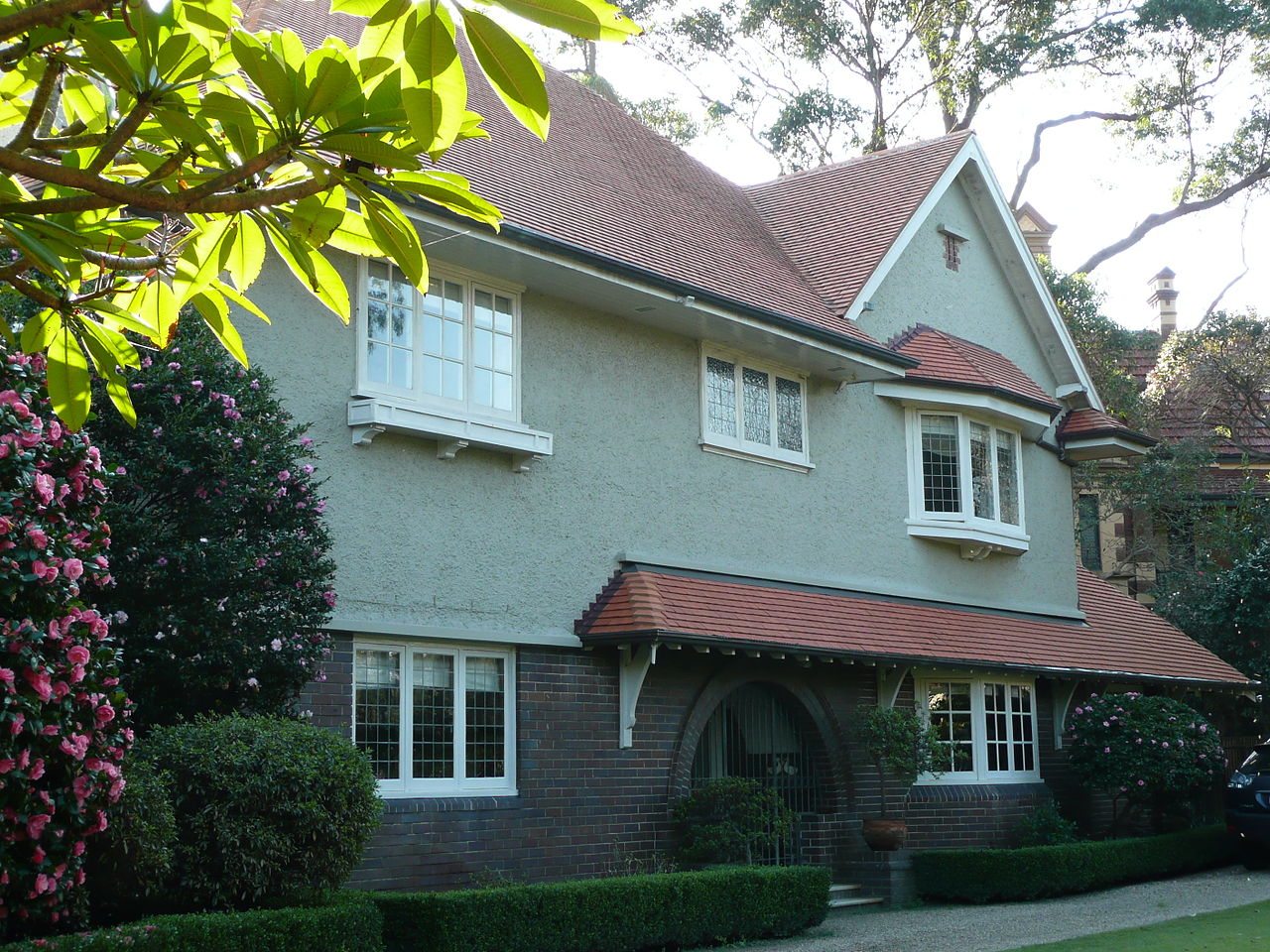Federation Arts and Crafts Homes (c1895-1915)
Posted on June 2nd 2018

The Federation Arts and Crafts style had its origins in England, where architects and designers were reacting to the impersonal nature of the Industrial Revolution. They wanted to get away from mass production and to rediscover the human touch and the hand made.
It was inspired by the writings of the British architect Augustis Pugin (1812–1852), the writer John Ruskin (1819–1900) and the artist William Morris (1834–1896) who espoused craft production over industrial manufacture and were concerned about the loss of traditional skills and how this elated the moral and social health of a nation to the qualities of its architecture and to the nature of work.
As its name implies this style was concerned with the integration of art into everyday life through the medium of craftsmanship. There is a strong flavour of morality, with stress on the truthful use of materials and the honest expression of function. Arts and Crafts buildings are unpretentious and informal, evoking an atmosphere of comfortable familiarity and was widely used in Australia during the Federation period.
Some key features of the Arts and Crafts Style are:
– Rough Cast Walls
– Faceted bay windows
– Stone bases
– Tall Chimneys
– High Pitched Roofs
– Large Overhanging Eaves
 More Posts
More Posts